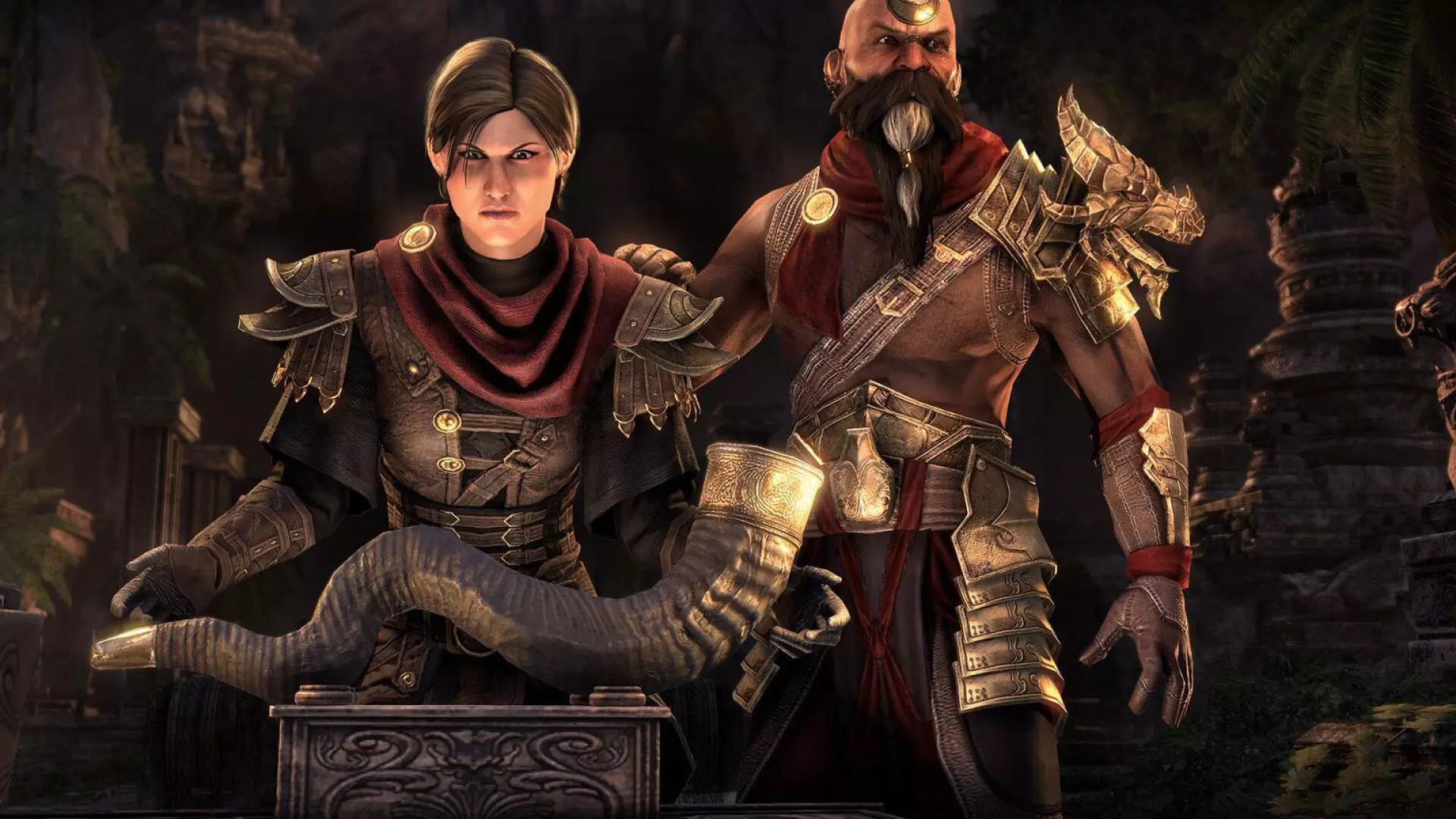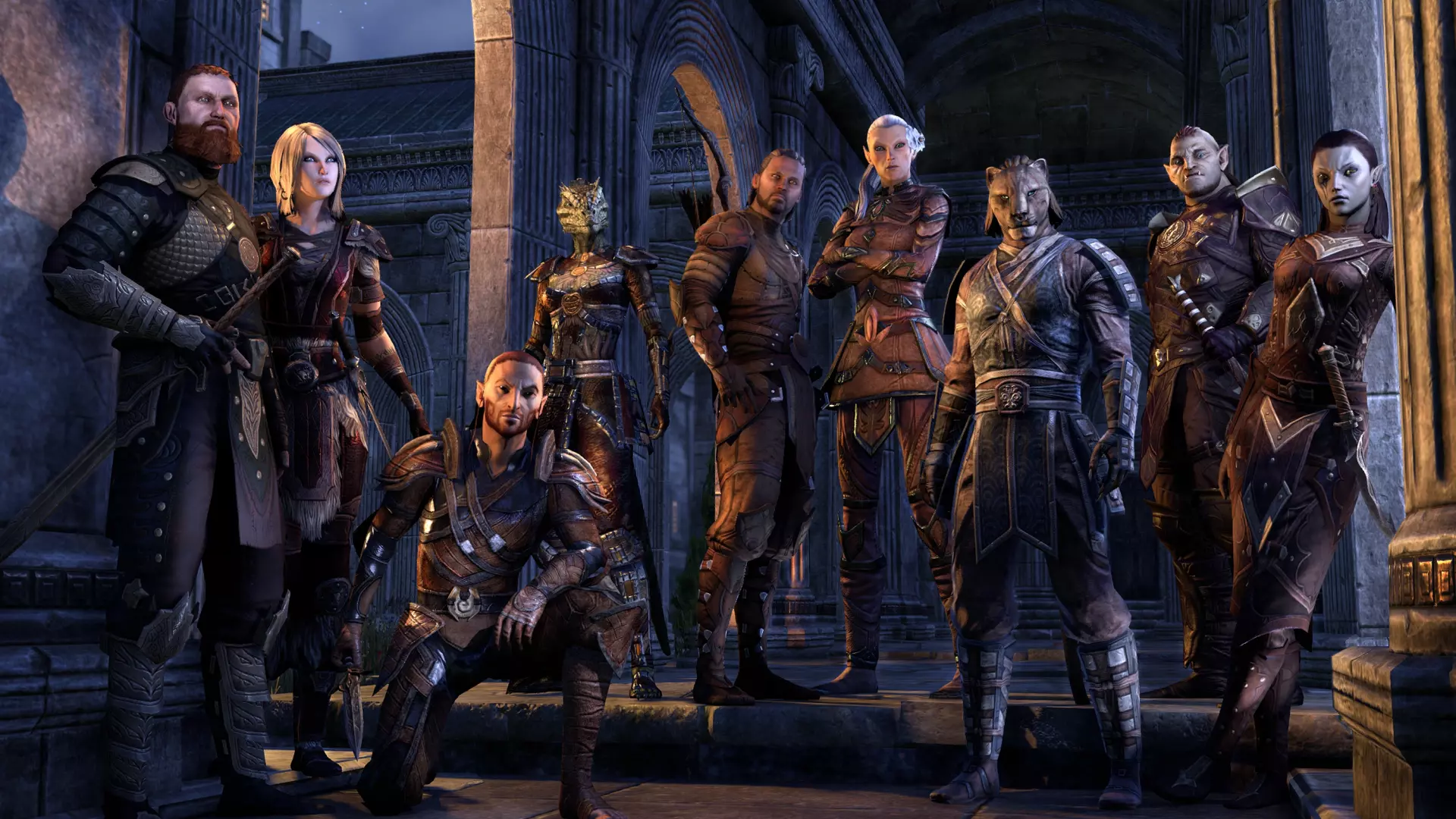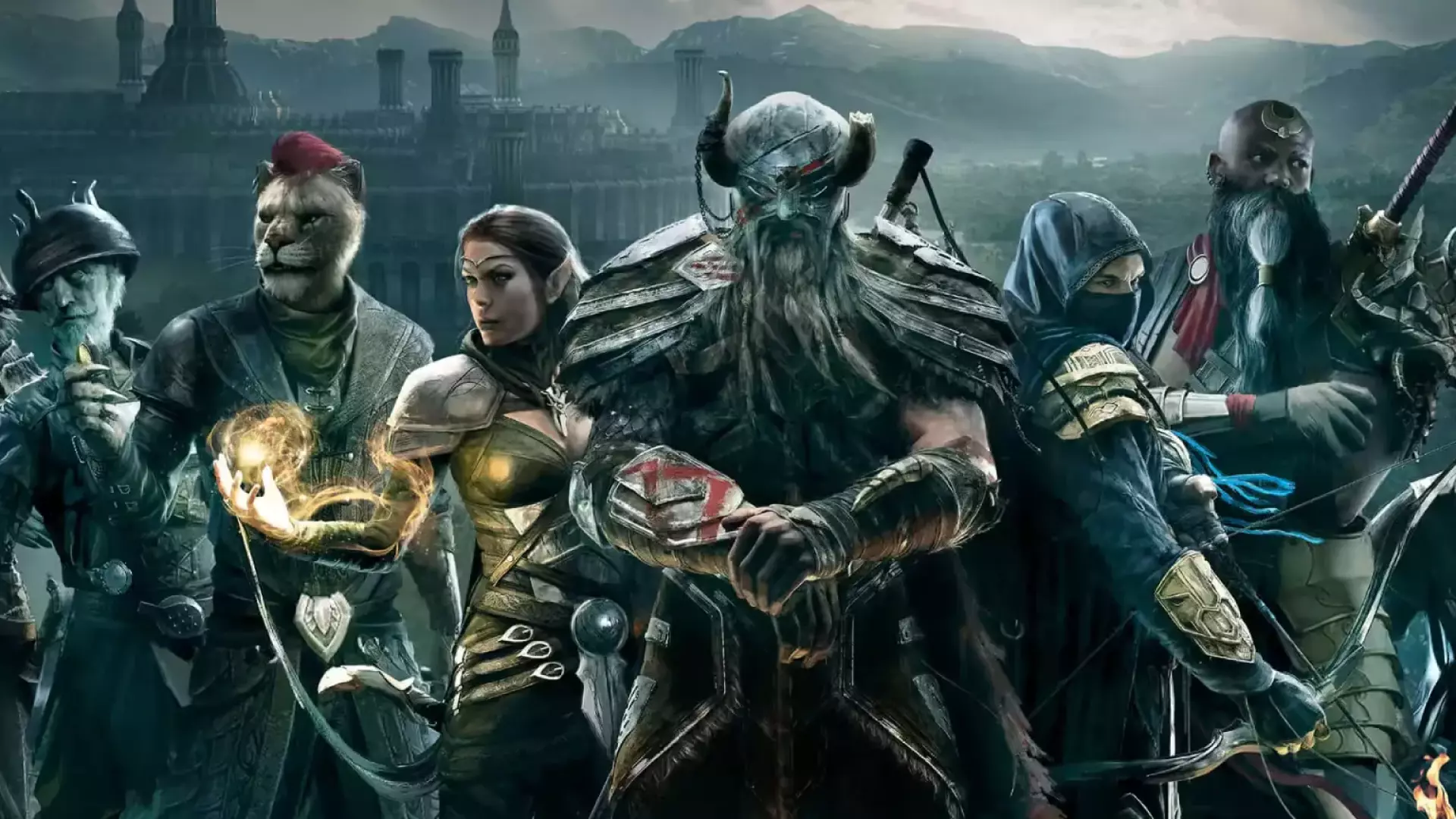ESO Necromancer Class Overview
Learn all you need to know about Necromancer Class in ESO on this page! Here you can find Skills, Guides and other important information for the Necromancer class!
Table of contents
Necromancer Overview

The Necromancer class in The Elder Scrolls Online offers a dynamic and versatile playstyle, excelling in various combat roles. With the ability to command the undead and manipulate dark magic, Necromancers can adapt to numerous scenarios, making them a popular choice among players.
By exploring the diverse skill lines and utilizing tailored builds, Necromancers can maximize their potential in both PvE and PvP content. Whether you prefer unleashing powerful spells from a distance or engaging enemies up close with melee attacks, the Necromancer class provides the tools necessary for a rewarding and impactful experience in Tamriel.
Necromancer Pros & Cons
Pros
- ✅ High Burst Damage: Necromancers can deal significant burst damage with their abilities.
- ✅ Versatile Playstyles: Capable of fulfilling DPS, tank, and healer roles effectively.
- ✅ Unique Mechanics: Utilizes corpses and summons, offering a distinctive play experience.
- ✅ Strong Area Damage: Access to powerful area-of-effect abilities.
- ✅ Resource Management: Skills that aid in sustaining Magicka and Stamina resources.
Cons
- ❌ Complex Mechanics: Managing corpses and summons adds complexity to gameplay.
- ❌ Resource Intensive: Some abilities have high resource costs, requiring careful management.
- ❌ Mobility Limitations: Some builds may lack mobility compared to other classes.
- ❌ Gear Dependency: Performance can be heavily influenced by gear quality and set bonuses.
- ❌ Learning Curve: May require time to master the unique mechanics and various roles.
Necromancer Skill Lines
The Grave Lord skill-line is part of the Necromancer toolkit and has a focus on offensive abilities. In addition to powerful abilities, you can also select passives that increase your damage and sustain capabilities even further. The Grave Lord skill-line is the first out of three Necromancer focused skill-lines.
- Frozen Colossus: Unleash a frostbitten Flesh Colossus to pulverize enemies in the area. The Colossus smashes the ground three times over...
- Detonating Siphon: Violently drain the last spark of life from a corpse, dealing 6180 Disease Damage over 20 seconds to all enemies around the corpse and between you and...
- Skeletal Archer: Unearth a skeletal archer from the dirt to fight by your side for 20 seconds, while granting you Major Brutality and Sorcery, increasing your Weapon a...
The Bone Tyrant skill-line is part of the Necromancer toolkit and has a focus on defensive abilities. In addition to powerful abilities, you can also select passives that increase your defensive capabilities even further. The Bone Tyrant skill-line is the second out of three Necromancer focused skill-lines.
- Bone Goliath Transformation: Become a horrific Bone Goliath, increasing your Max Health by 30000 for 20 seconds and immediately restoring 30000 Healt...
- Ruinous Scythe: Slice into your enemy's life force, dealing 1799 Bleed Damage, applying the Hemorrhaging status effect, and setting them Off Balance for 7 seconds. Y...
- Pummeling Goliath: Become a destructive Pummeling Goliath, increasing your Max Health by 30000 for 20 seconds and immediately restoring 30000 Health. While transformed...
The Living Death skill-line is part of the Necromancer toolkit and has a focus on healing abilities. In addition to powerful abilities, you can also select passives that increase your healing capabilities and ultimate regeneration even further. The Living Death skill-line is the third out of three Necromancer focused skill-lines.
- Reanimate: Bring your allies back from the brink of death, resurrecting up to 3 allies at the target location.
- Renewing Animation: Bring your allies back from the brink of death, resurrecting up to 3 allies at the target location. You restore 5300 Magicka and Stamina for each all...
- Reanimate: Bring your allies back from the brink of death, resurrecting up to 3 allies at the target location.
Necromancer Recommended Builds
DPS Builds
Focuses on maximizing damage output in various scenarios.
Tank Builds
Emphasizes defensive abilities and crowd control for tanking roles.
Healing Builds
Utilizes Necromancer abilities to provide effective healing and support.
Solo Builds
Balanced for solo play, offering survivability and sustained damage.
PvP Builds
Designed for competitive play, focusing on burst damage and mobility.
Top Necromancer builds on ESO-Hub

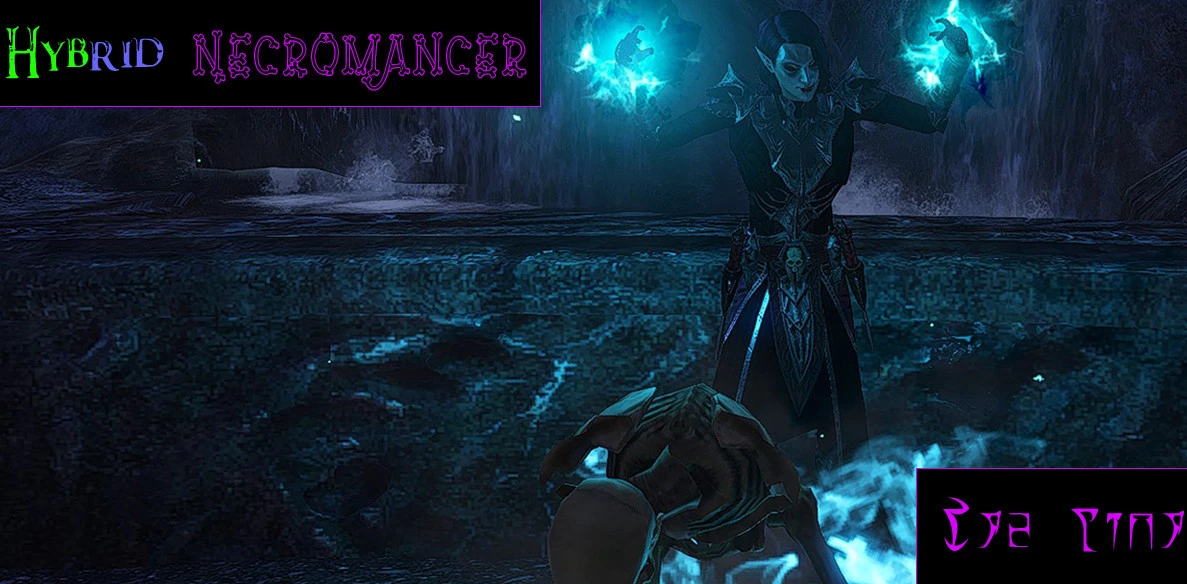
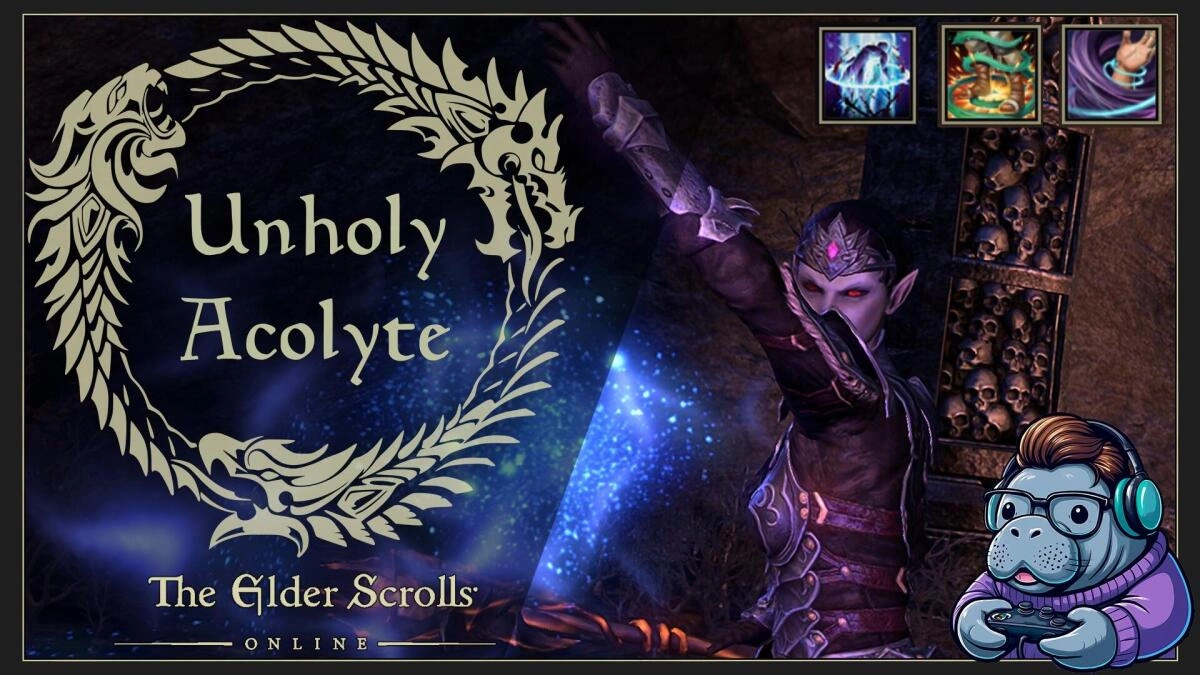
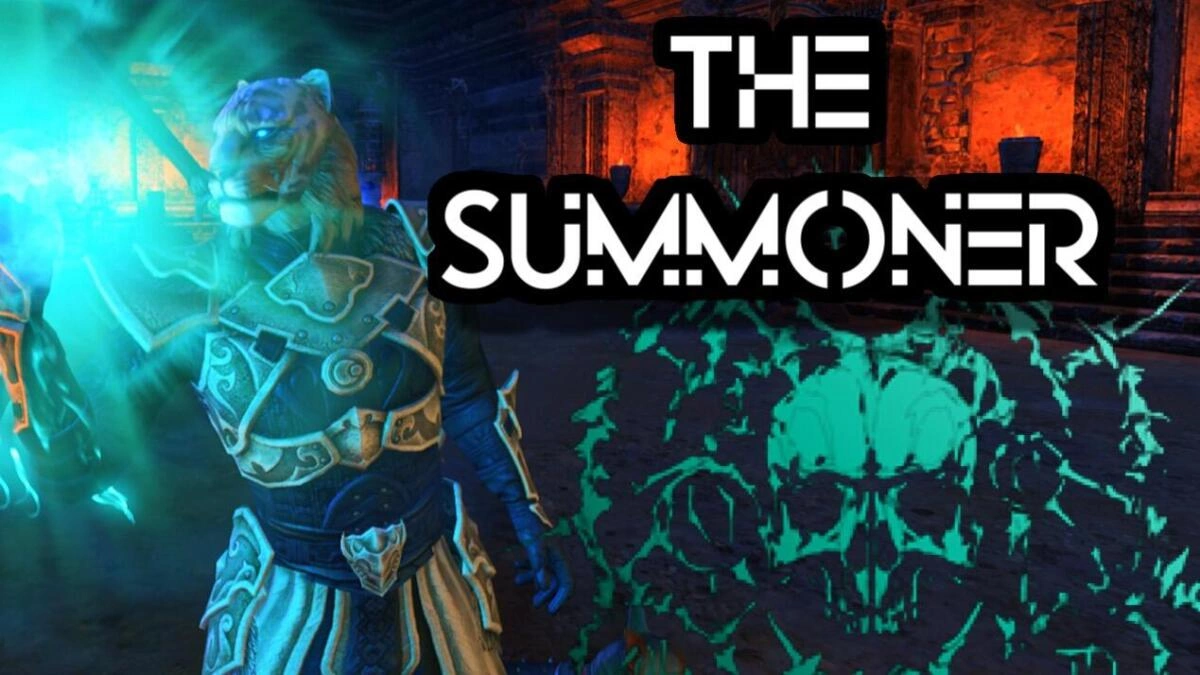
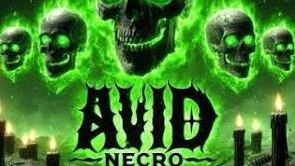

Top Necromancer Subclassing Builds on ESO-Hub






Necromancer Beginner Tips & Guides
If you're new to The Elder Scrolls Online and looking to start with the Necromancer class, this guide will help you build a strong foundation. Necromancer is very versatile, capable of dealing high damage, tanking, and even offering some support capabilities. Here are a few key tips to get started:
Tips for New Necromancer Players
- Utilize Corpses – Many Necromancer abilities are enhanced by consuming corpses; plan your skills accordingly.
- Manage Resources – Skills like 'Necrotic Potency' can help sustain your Magicka or Stamina.
- Leverage Minions – Summon undead minions to assist in combat and divert enemy attention.
- Maximize Area Damage – Abilities like 'Boneyard' offer significant area-of-effect damage.
- Stay Defensive – Use 'Bone Armor' to increase resistances and survivability.
- Choose the Right Build – Magicka for spellcasting and ranged attacks, Stamina for melee and physical damage.
Essential Beginner Guides
For more in-depth beginner guides, check out the following resources:
Frequently Asked Questions
- Magicka Necromancers are strong spellcasters with powerful AoE and single-target damage.
- Stamina Necromancers excel in melee or ranged combat, making them excellent stamina DPS options.
- Necromancer tanks are some of the sturdiest in the game, with strong defensive abilities and self-healing.
- Necromancer healers use corpse-based healing mechanics to provide unique and effective group support.
- For stamina DPS: Orcs, Redguards, and Khajiit provide strong stamina sustain and weapon damage.
- For magicka DPS: High Elves, Dark Elves, and Bretons offer magicka sustain and spell damage bonuses.
- For healing: Bretons and Argonians have great magicka sustain and healing passives.
- For tanking: Nords, Imperials, and Argonians provide excellent health and sustain bonuses.
While racial passives enhance builds, any race can successfully play as a Necromancer.
- Stamina DPS: Dual wielding, two-handed weapons, and bows maximize damage output.
- Magicka DPS: Destruction staves (Inferno or Lightning) boost spellcasting damage.
- Healing: Restoration staves enhance healing and sustain.
- Tanking: One-handed and shield improve defensive capabilities, while Ice staves can be used for magicka-based tanking.
- Stamina DPS: Focus mainly on stamina for increased weapon damage and sustain.
- Magicka DPS: Invest primarily in magicka to enhance spell effectiveness.
- Healer: Prioritize magicka for stronger heals and sustain.
- Tank: Allocate a mix of health and stamina (or magicka for an ice staff tank).
- Flame Skull (Ricochet Skull or Venom Skull) – A primary spammable ranged attack.
- Blastbones (Stalking Blastbones or Blighted Blastbones) – Summons an exploding skeleton for massive damage.
- Boneyard (Avid Boneyard or Unnerving Boneyard) – A powerful AoE skill that synergizes with corpses.
- Bone Armor (Beckoning Armor or Summoner’s Armor) – Grants resistances and corpse generation.
- Grave Grasp (Empowering Grasp or Ghostly Embrace) – Provides crowd control.
- Bone Goliath (Pummeling Goliath or Ravenous Goliath) – A powerful ultimate that increases max health and restores it with every attack.
- Render Flesh (Resistant Flesh or Blood Sacrifice) – A strong single-target heal.
- Spirit Mender (Spirit Guardian or Intensive Mender) – Summons a ghostly healer to assist allies.
- Life amid Death (Enduring Undeath or Renewing Undeath) – Heals allies using nearby corpses.
 Deutsch
Deutsch
 Français
Français
 Русский
Русский
 Español
Español




























































































































































































































































































































